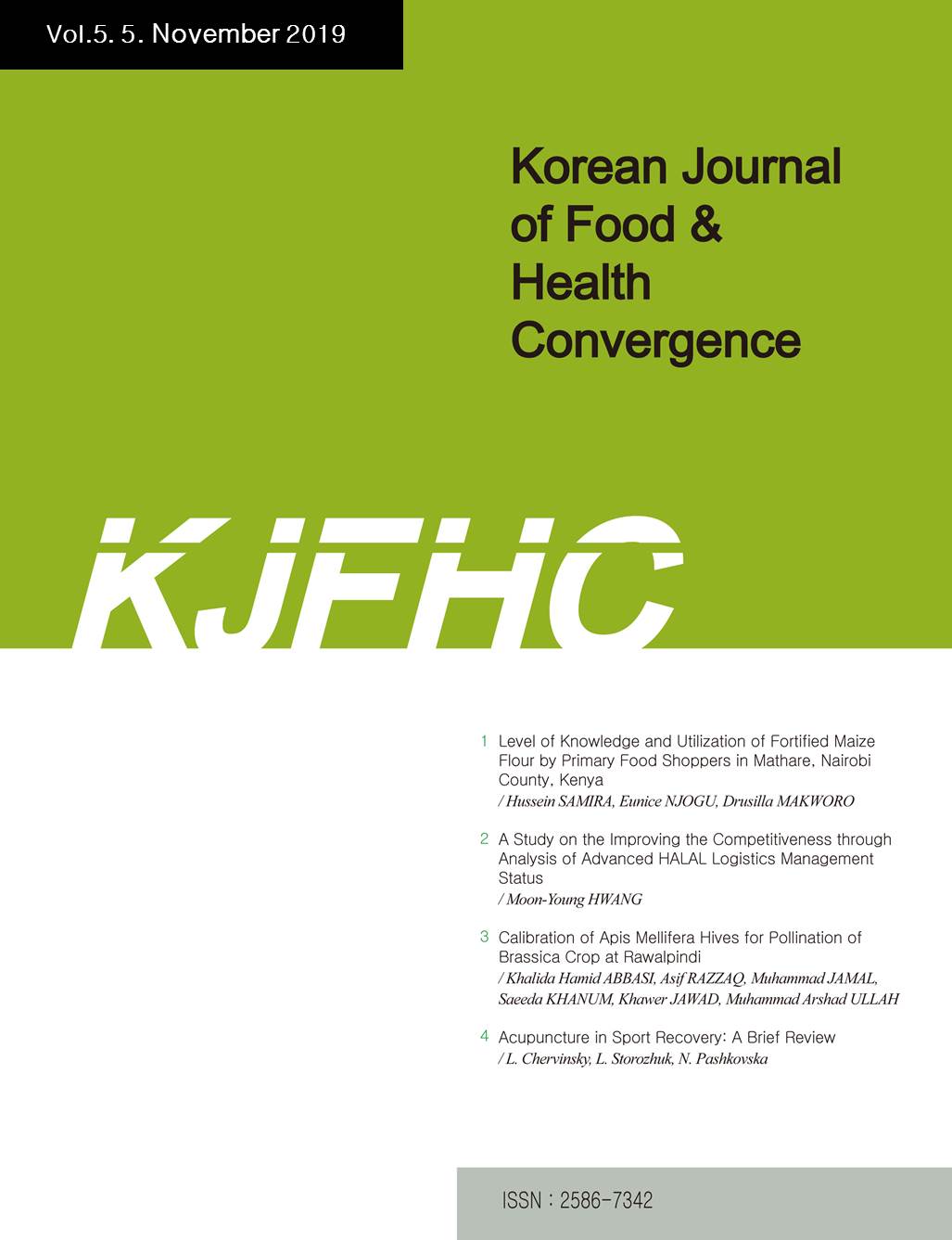 E-ISSN : 2586-7342
E-ISSN : 2586-7342
Vol.9 No.2
Abstract
As oil palm trees are an important economic source in many countries, particularly in Southeast Asia and Africa, the study of Ganoderma boninense is crucial for the sustainability of the oil palm industry. This study aims to understand the biology and ecology of the fungus, its pathogenesis, and the impact it has on oil palm trees. This knowledge can be used to develop management strategies to mitigate the damage caused by the fungus, such as the use of resistant varieties, chemical and biological control methods, and cultural practices. This study is to ensure the long-term productivity and sustainability of the oil palm industry. The main method of recent academic studies on this pathogen is molecular biology, with a focus on genetic analysis and functional genomics. Researchers have used techniques such as PCR, DNA sequencing, and transcriptomics to identify genes and pathways involved in pathogenesis and better understand the fungus's interactions with its host plant. Other methods used in recent studies include biochemical analysis, microscopy, and phytohormonal assays to investigate the biochemistry and physiology of the interaction between G. boninense and oil palm. This study is intended to provide implications from a new perspective by organizing and integrating studies on Ganoderma boninense.
Abstract
Through these research results, I would like to present some implications for promoting and revitalizing local food sales in Daejeon and establishing a local food system. First, in terms of local food direct stores, when establishing a local food store, location conditions should be considered. If the location cannot be changed, the quality of agricultural products should be improved to improve consumer satisfaction and purchase intention so that consumers can directly feel the value of the product. Second, efforts at the local government level are needed to improve the stability of local food. There are still many consumers who are not properly aware of local food. It is necessary to improve consumers' interest in the value of local food by providing education including social and environmental information on the production and distribution process of local food. Third, policy efforts on local food are needed. It is necessary to introduce and reorganize the local food certification system to emphasize the stability of local food to consumers and form trust. Finally, for the continuous development of local food, research on the satisfaction and purchase intention of local food consumers must be continuously conducted.
Abstract
In this study, we tried to compare and analyze the taste components of Korean Ganjang made by a conventional method on a small scale and aged for 3 years and brewed Ganjang produced by a large company. As a result of the study, a total of 22 types of free amino acids in liver were detected. The main amino acids of Korean Ganjang were glutamic acid, lysine, serine, citrulline, alanine, and leucine, then, the main amino acids of brewed Ganjang were leucine, glutamic acid, aspartic acid, valine, serine, alanine. The content of glutamic acid in the composition of free amino acid was 12133.69 mg/mL, more than twice as much as that of Korean Ganjang. The content of leucine (bitter taste) was 5933.37 mg/mL of brewed Ganjang, which was 2.9 to 7 times higher than that of Korean Ganjang. Overall, the content of glass amino acids with savory, sweet, and bitter flavors was found to be very high in brewed Ganjang (BGS) than in Korean Ganjang (KAS, KBS, and KCS). On the other hand, GABA was 456.43 mg/mL for Korean Ganjang KBS, 3.3 times higher than brewed Ganjang. Brewed Ganjang had higher glucose content, inorganic content, iron (Fe), organic acid lactic acid and acetic acid content than Korean Ganjang. Korean Ganjang was found to contain high saturated fatty acids, calcium (Ca), and sodium (Na).
